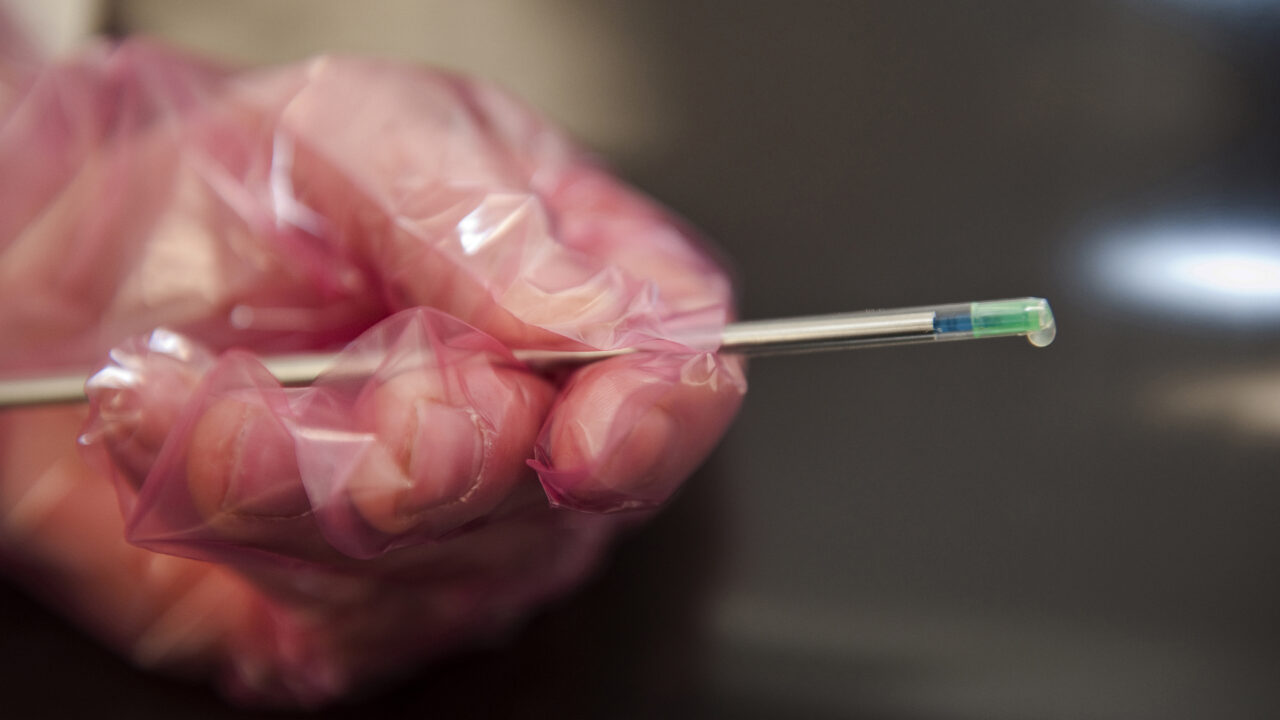As the breeding season gets under way on most spring calving herds throughout the country, this is a good opportunity to brush up on some breeding management advice for this year.
In the final part of our three-part series with LIC Genetics – we focus on the critical time in the lead-up to the start of mating.
All the effort over the year in achieving BCS, nutrition and young stock management comes together now for the next 10 weeks to determine your calving rate in 2017.
Reproductive efficiency is a function of nutrition/intake, management, output and genetics. A high submission rate together with high conception rates is essential to maintain a 365 day calving interval and a high 6-week in calf rate.
Act now to increase submission rates
If you have completed pre-mating checks, 85% of the herd should have a pre-mating heat at the mating start date, all cows calved over 30 days and not seen in heat should be examined to assess cyclicity.
If pre-mating checks have not been completed then have at risk cows checked immediately, use records to identify all cows with increased risk of uterine infection, e.g., cows with difficult calving, retained placenta, or observed mucus discharge.
It is estimated that on Irish dairy farms on average 20% of cows have a reproductive tract infection at the start of the breeding season.
These cows are slower to commence breeding, have a poorer chance of conceiving and are more likely to be in calf later or not at all.
Where concentrate supplements are needed, offer a high energy (UFL)/low protein ration based on digestible fibre/pulp-based ingredients.
Ensure that the mineral requirements are met through adequate supplementation via water/feed.
Controlling breeding costs
The focus this season is on controlling breeding/AI costs for your dairy herd. With average AI/breeding costs of €32 per cow, 3% of total costs, it is not one of the bigger costs on dairy farms.
Notwithstanding this, there is potential for a significant increase in profitability if a high 6-week incalf rate is achieved.
1. Select the best sires
Firstly, this investment must be made but make sure that you select the right team of AI sires for your herd.
Use high-reliability easy calving sires as this will have huge influence on not only your sanity through calving next year, but also the calving to first oestrus, 6-week in-calf rate, empty rate and retention rate of those animals in your herd.
2. Minimise AI costs
Minimise AI costs by working hard to increase conception rates, increasing conception rate to first service from 45% to 55% in a 100-cow herd will result in 20 fewer AI straws being used over nine weeks (and at €20 per straw a saving of €400).
Match the number of AI straws to be used to the number of heifers required to enter the herd in 2019, approximately 5.5 straws required to get this number of animals milking in 2019.
Use beef AI on cows that are not suitable for providing replacement heifers, however, ensure that the beef AI sire is short gestation and easy calving.
3. Observation
For many years, dairy producers have relied on the a.m./p.m. rule for optimum conception rates. When following the rule, if a cow or heifer is in estrus in the morning (a.m.), she should be inseminated that afternoon (p.m.).
Likewise, if she is observed in estrus in the p.m., then she should be inseminated the following morning.
However, research shows there is no significant difference in conception rates between inseminations performed in the morning or afternoon when using the a.m./p.m rule.
4. Increase submission rate
Be careful where you observe cows, up to 50% of cows won’t show a standing heat when they’re on concrete.
Paddock checks are of great benefit throughout the breeding season, once the cows have been grazing for a minimum of two hours, head to the paddock.
Cows that are full will start to show signs of heat, and well-fed cows will show stronger, longer heats.
5. Use heat detection
Use heat detection aids that work for you and be vigilant throughout the whole mating period, not just the first 3 weeks. To get the best out of your spend, keep heat detection aids and/or tailpaint well maintained.
Take time to apply detectors correctly and check them regularly. Also, allocate time for touch ups and maintenance of aids throughout the AI period.
Scratch pads and heat patches can provide an additional aid to identify signs of heat. LIC “Bulls I” scratch pads are a market leading product, providing distinct identification for animals on heat.
These scratch pads are low cost, very simply applied and if placed correctly will not easily be removed. Remember a missed heat can cost as much as €250.
Easy calving bulls
This year for the first time, LIC is marketing Short Gestation Length (SGL) Hereford semen in Ireland.
Shrimptons Hill Herefords in New Zealand have joined forces with LIC in a single trait breeding programme for gestation length in the Herford breed.
The result is Hereford sires that are producing offspring calving over 6 days earlier than breed average. The value of the SGL Hereford product is two-fold.

SFZ Savannahs HF Hammer S1F who is a daughter proven sire with over 95% reliability for ease of calving
Firstly, you have the “whitehead” beef calf which commands a premium price and secondly there is the advantage of cows calving earlier which means more days in milk and cows resuming cyclicity quicker.
SGL Hereford can be a useful breeding management tool for the latter part of the breeding season as it can reduce or eliminate the stock bull requirement and is a relatively cheap option for getting late cows back incalf for 2017.
For further enquiries on the availability of LIC SGL Hereford, contact your local LIC breeding advisor or visit LIC Ireland website.


